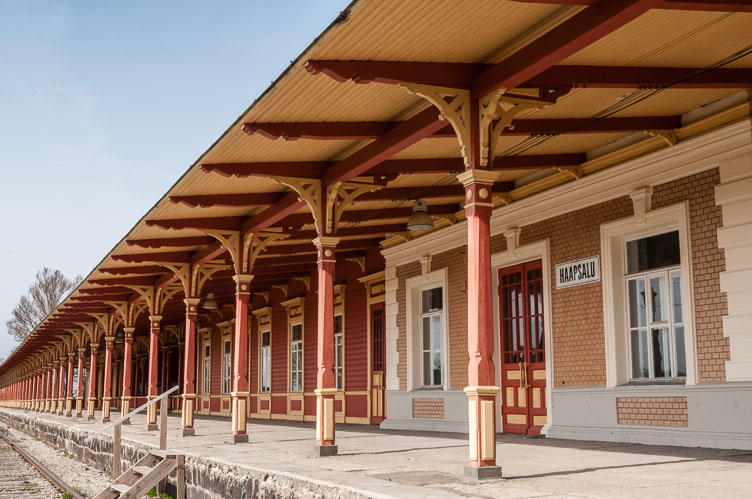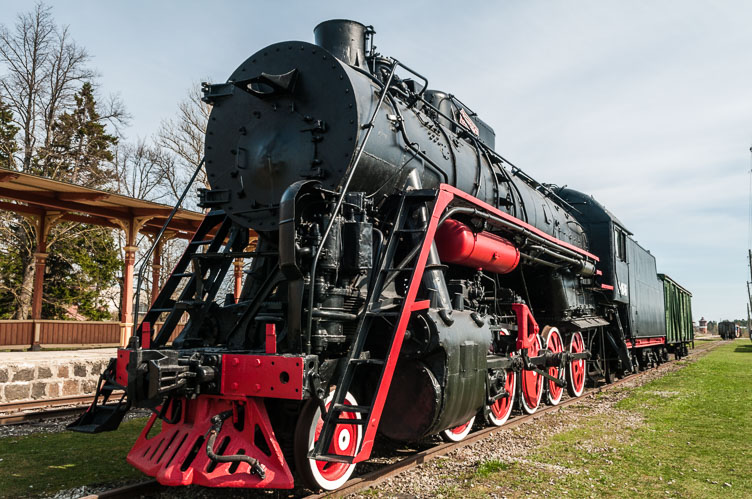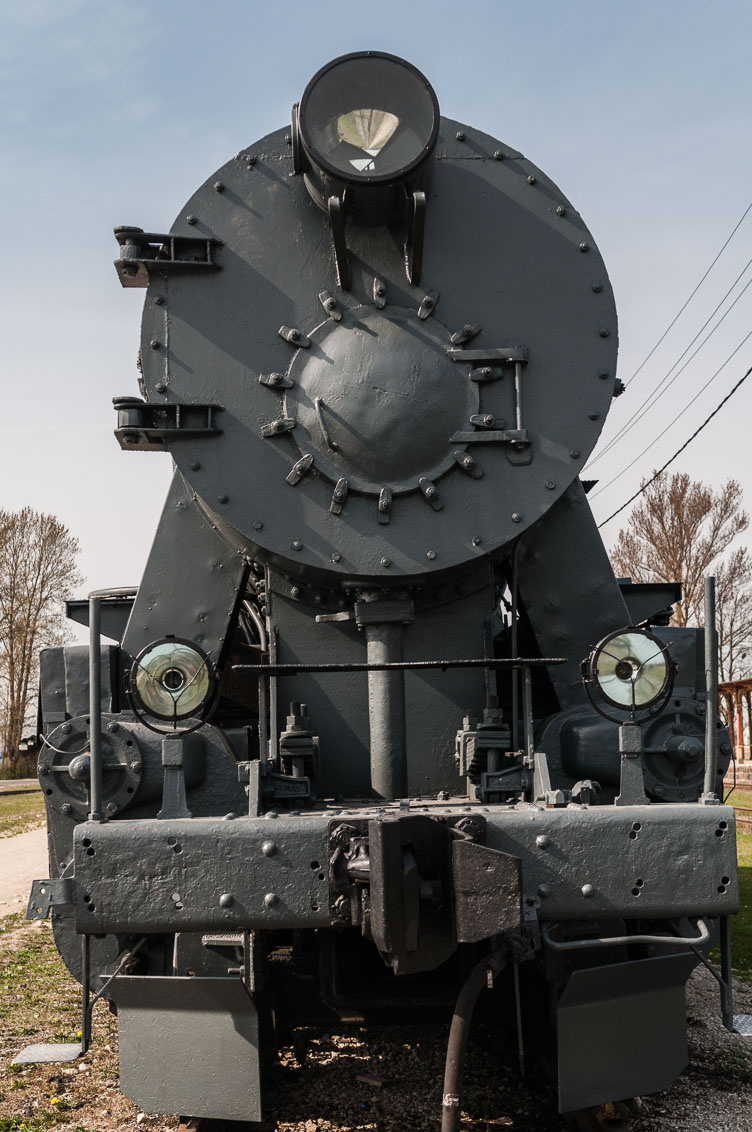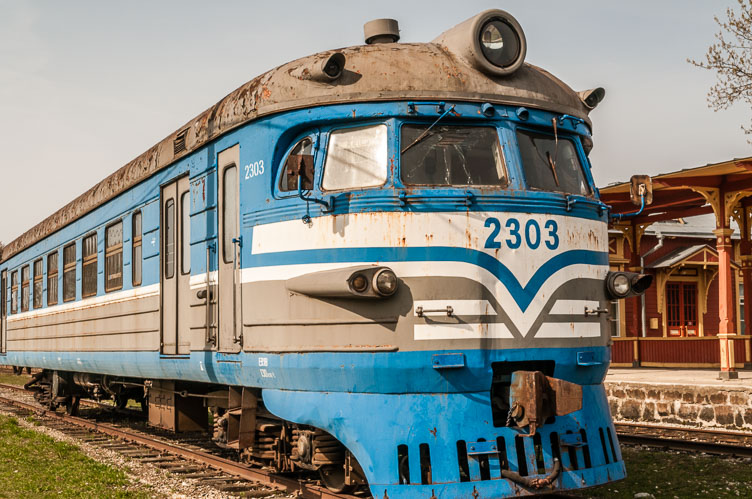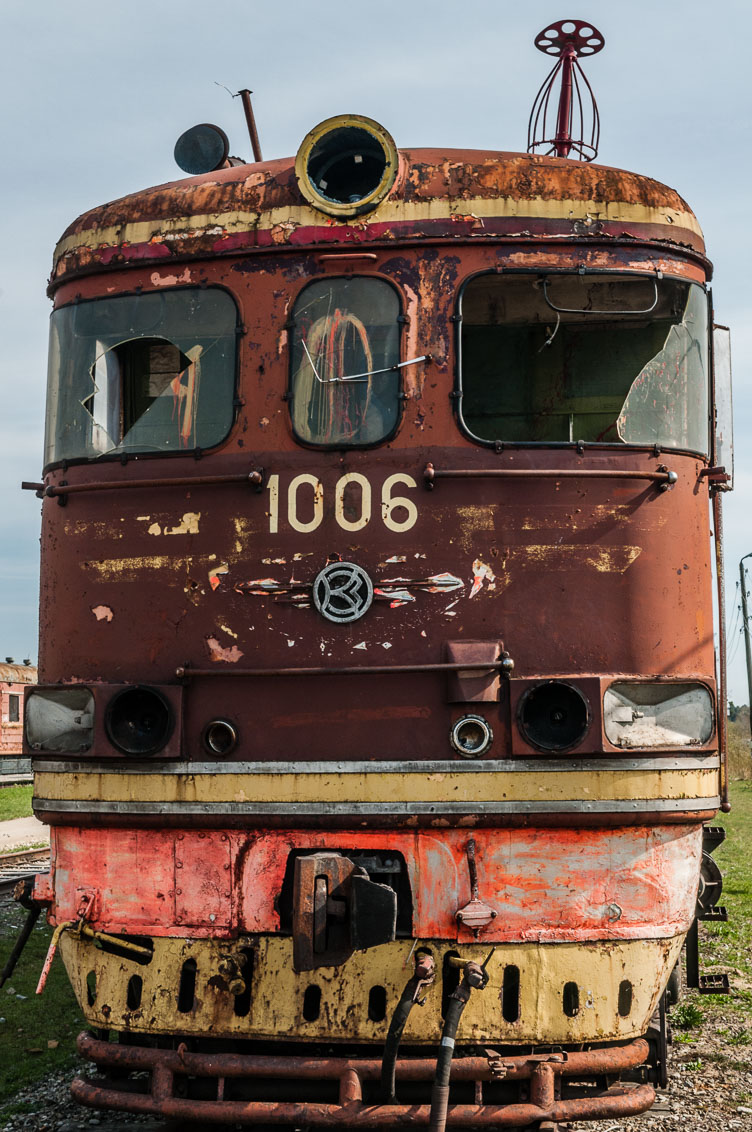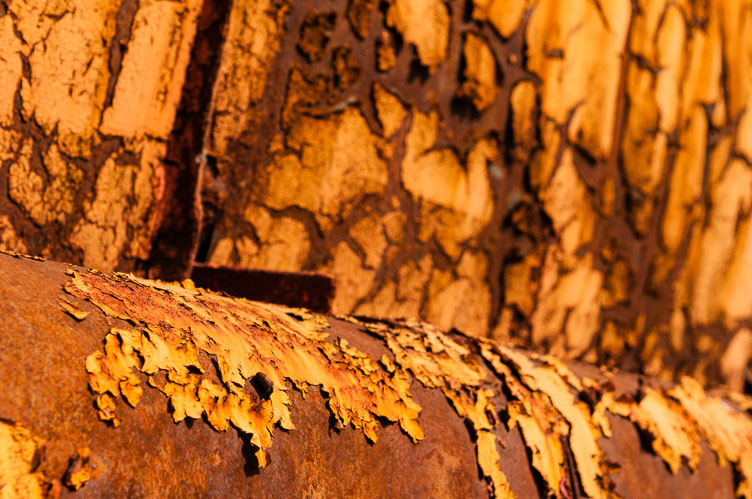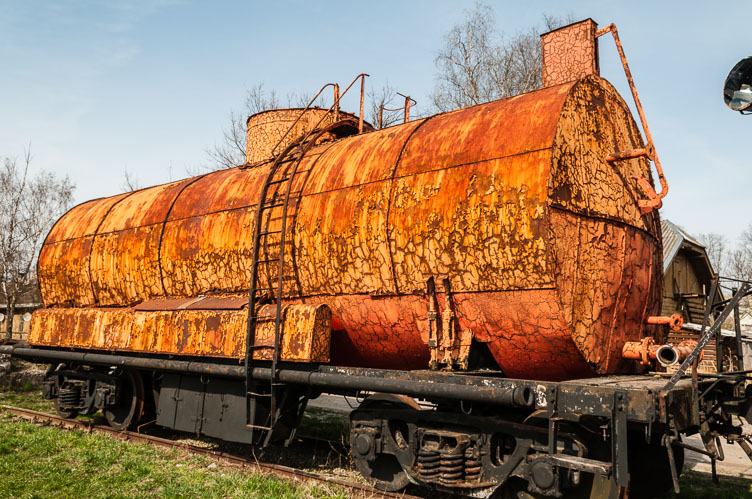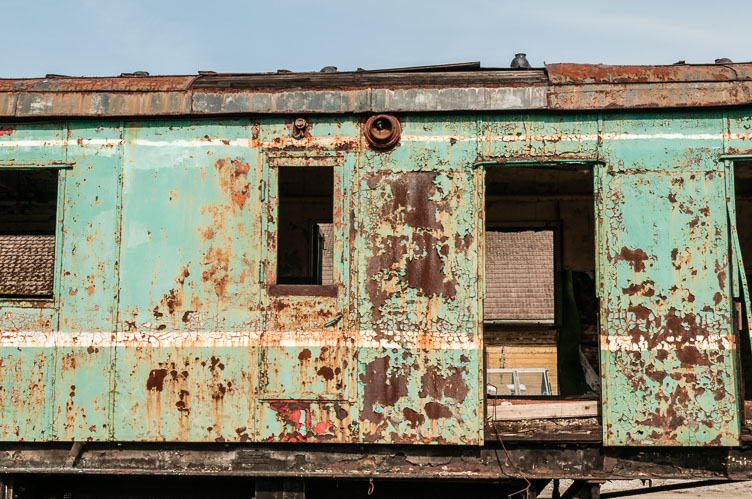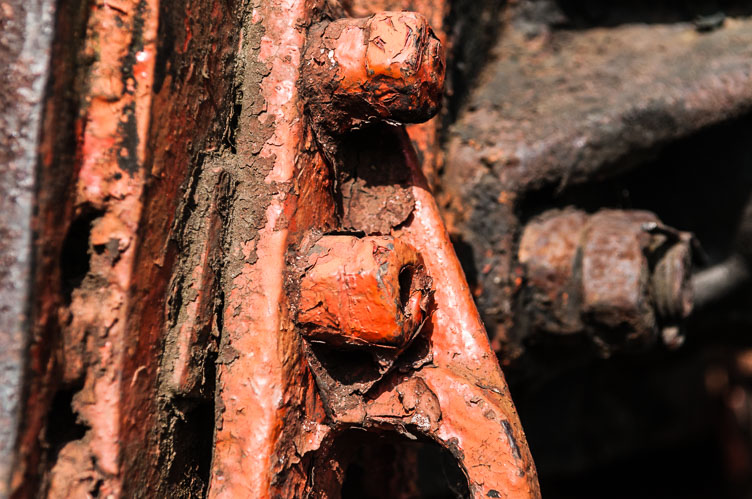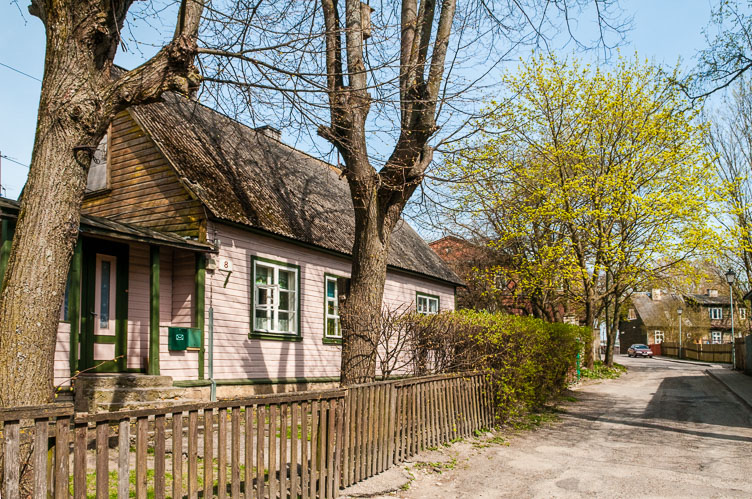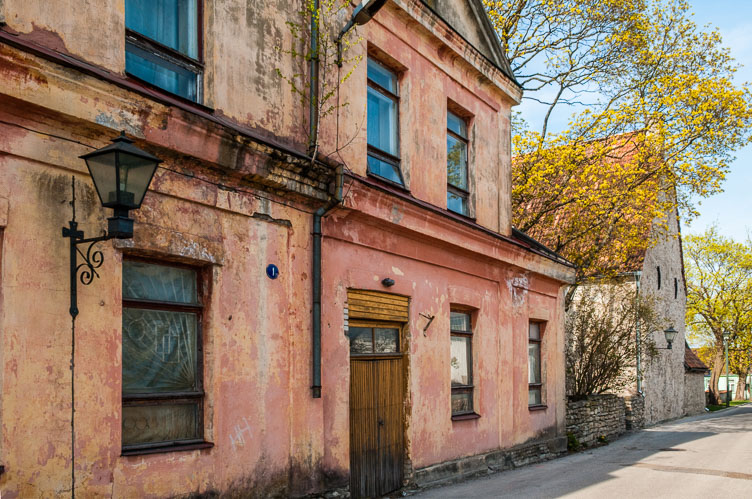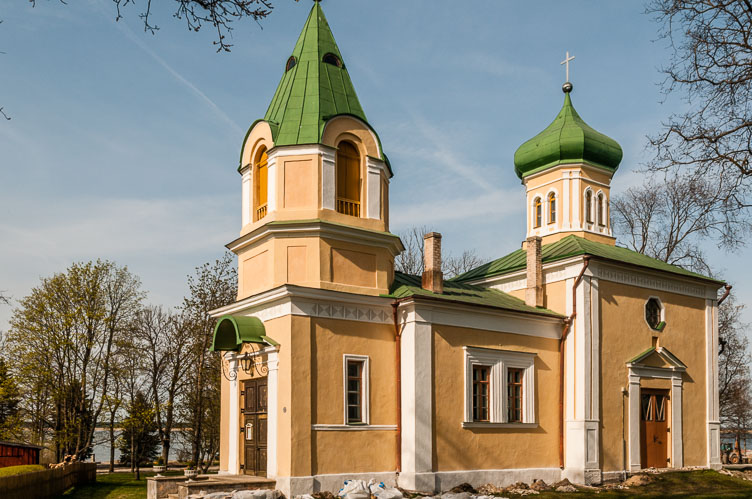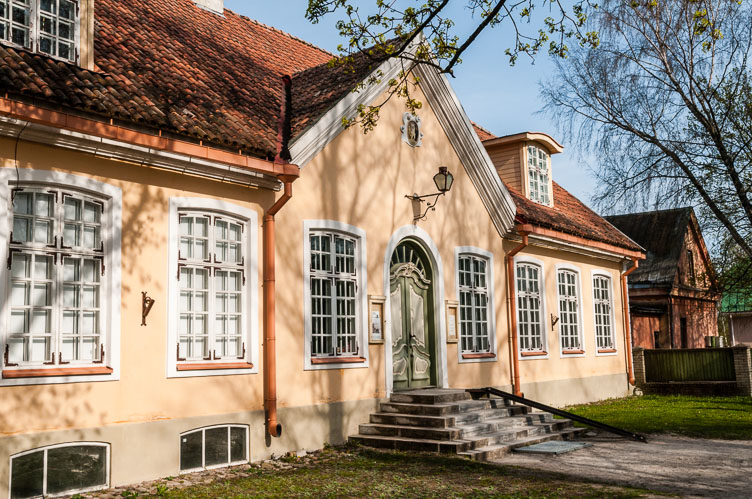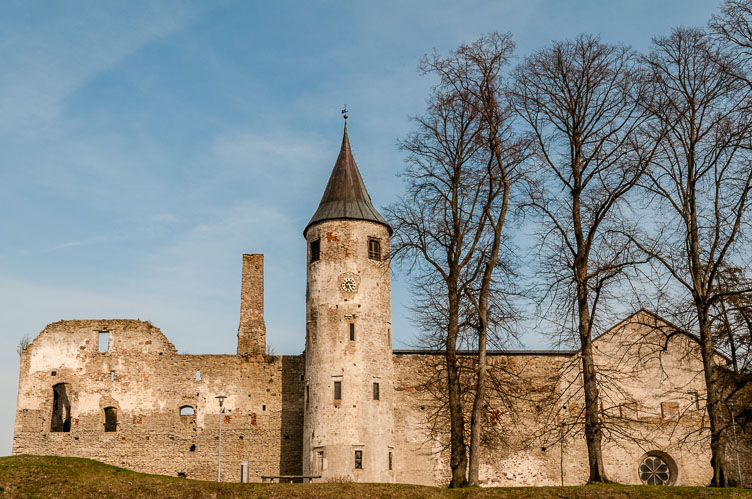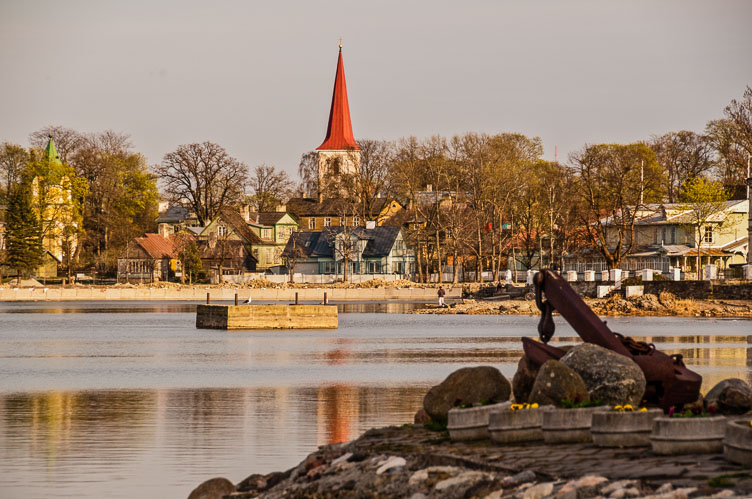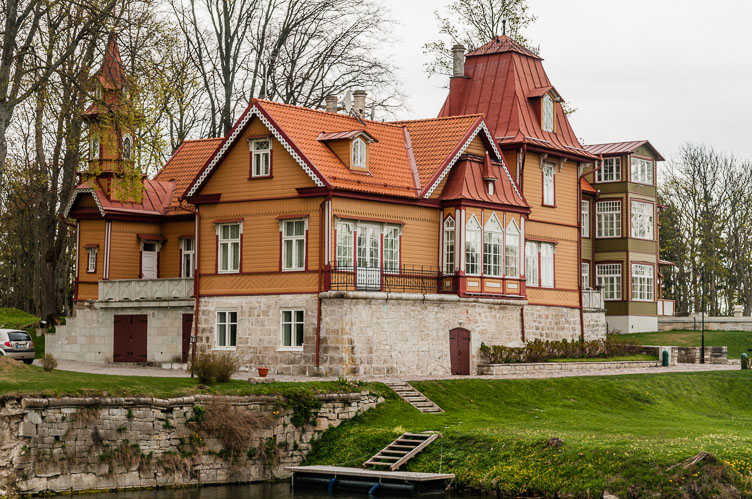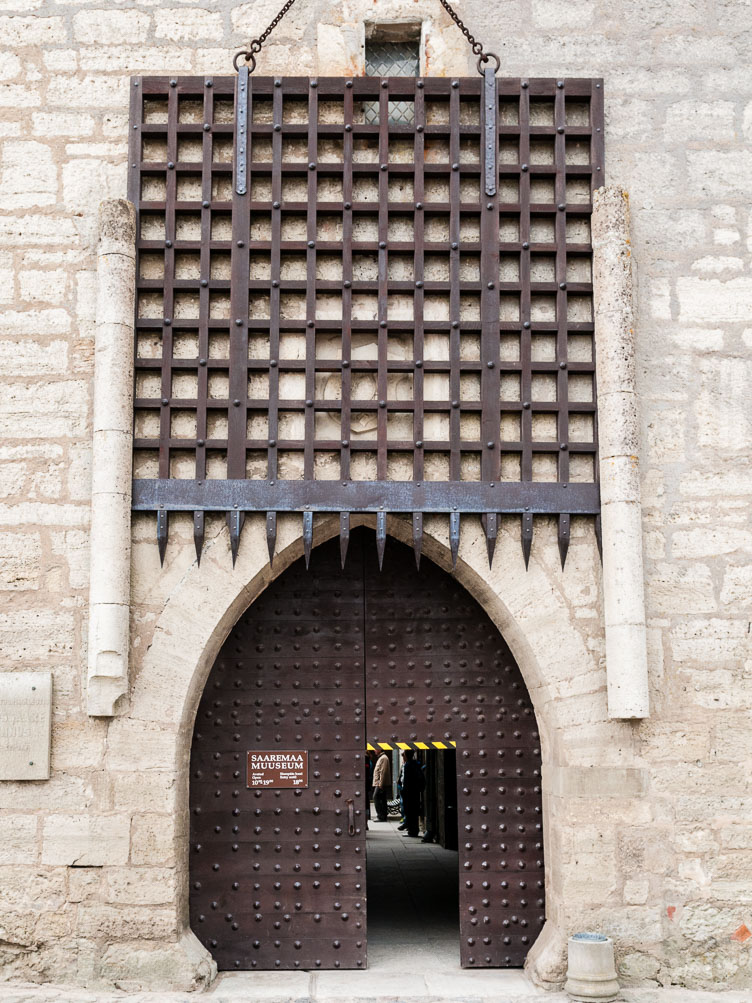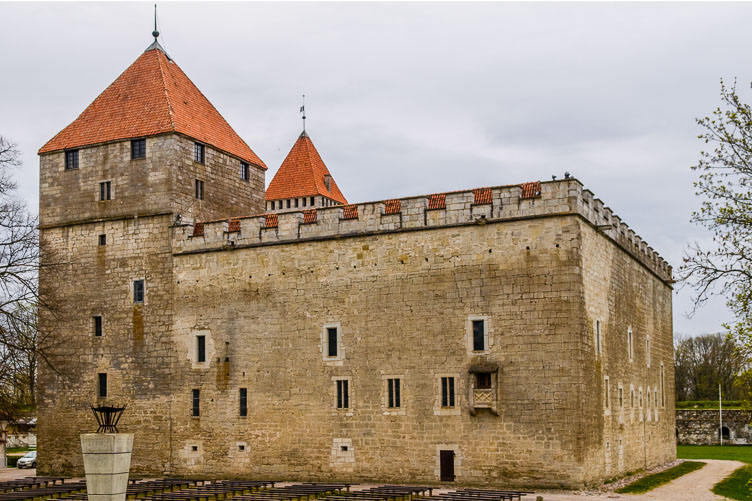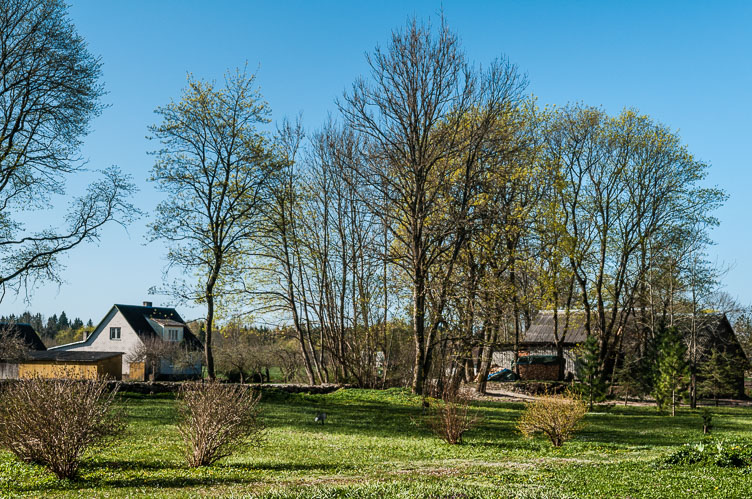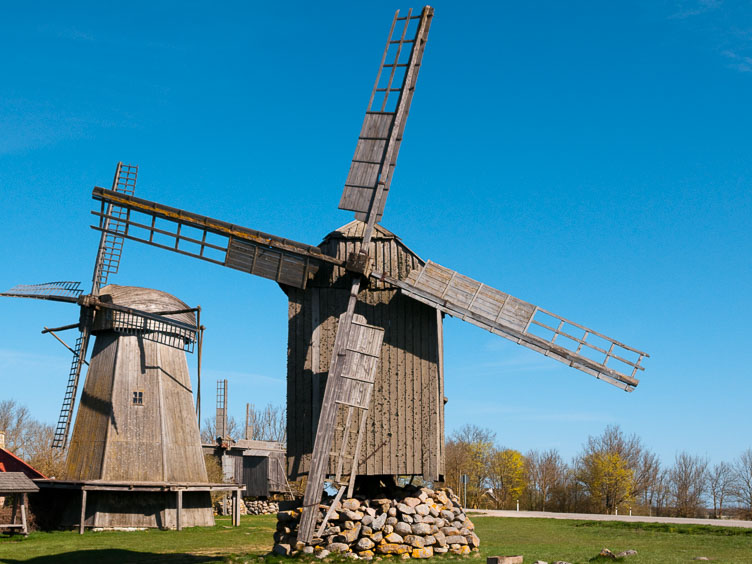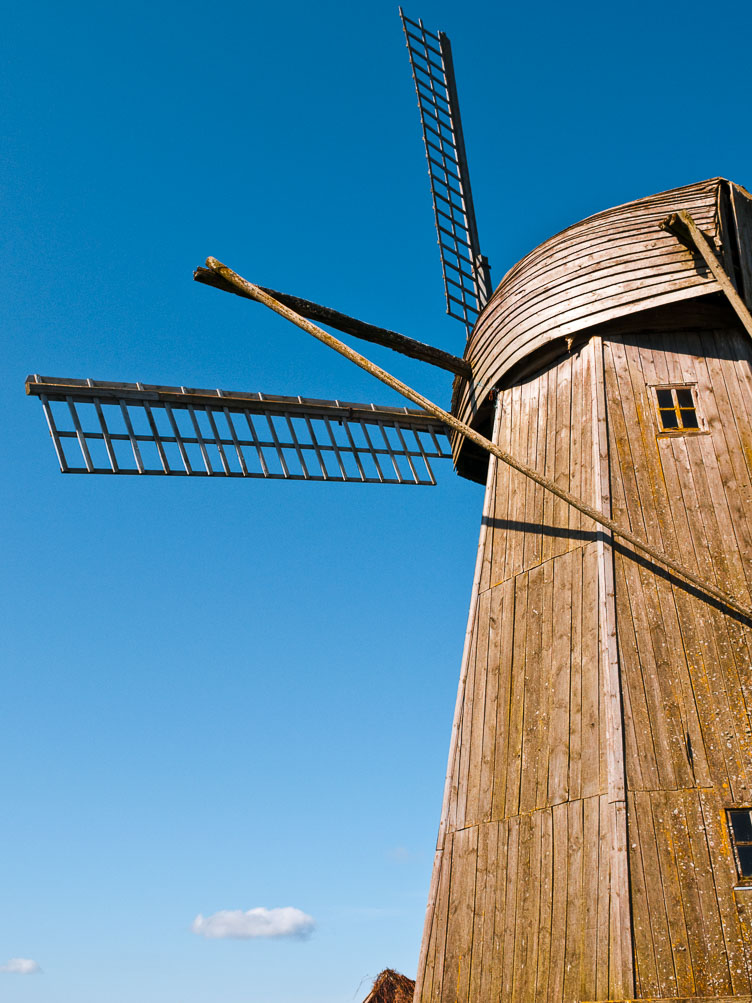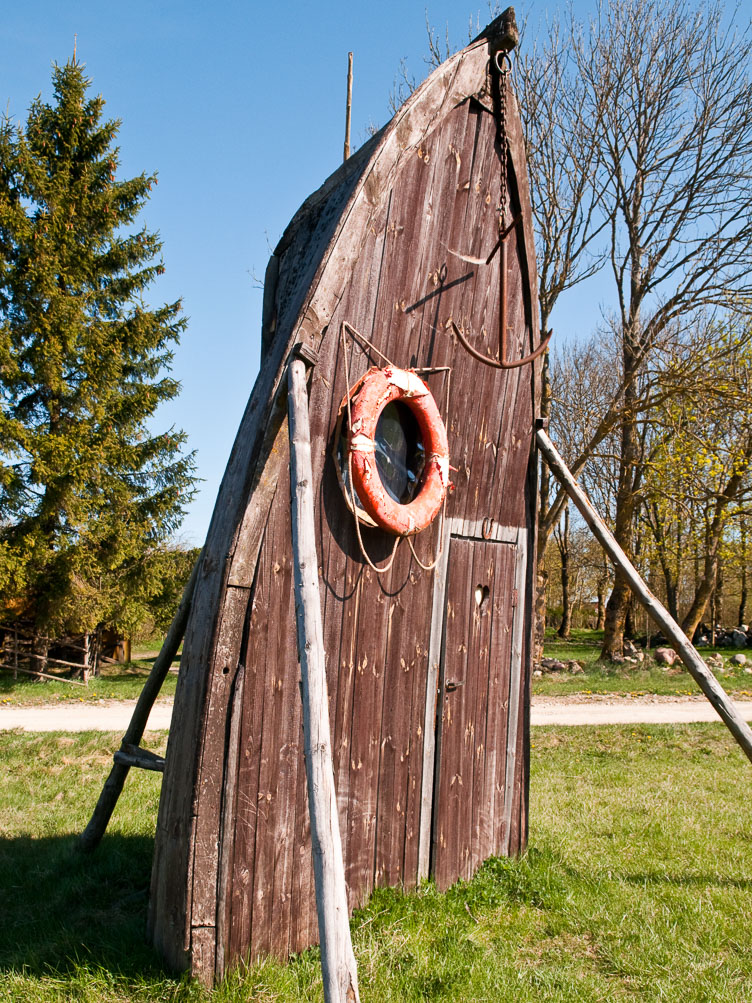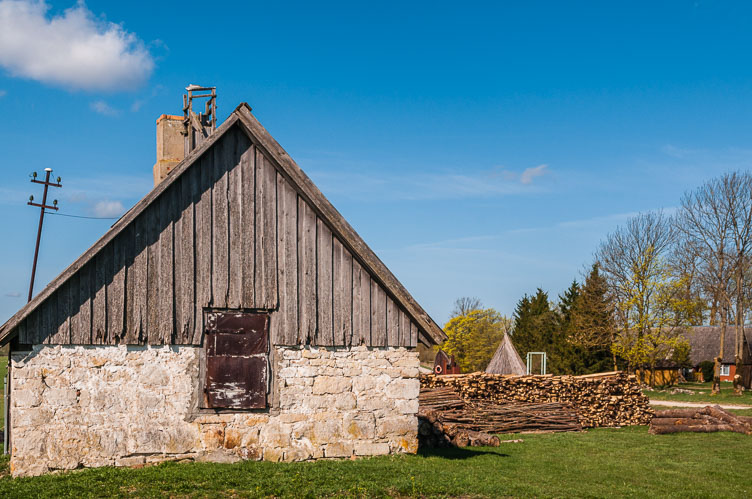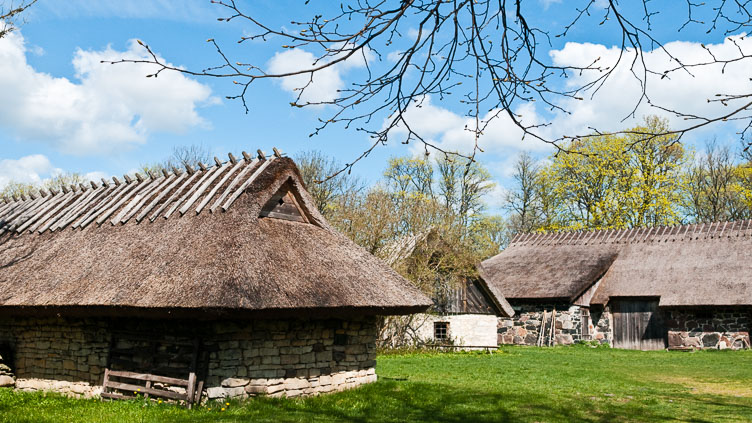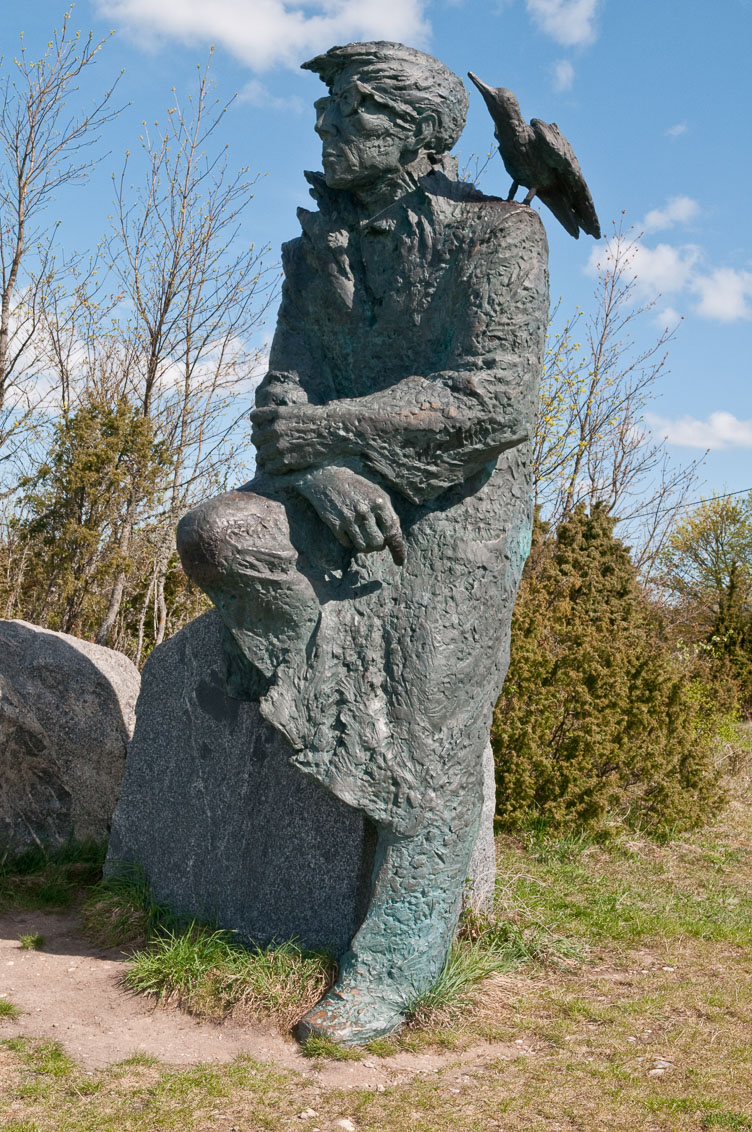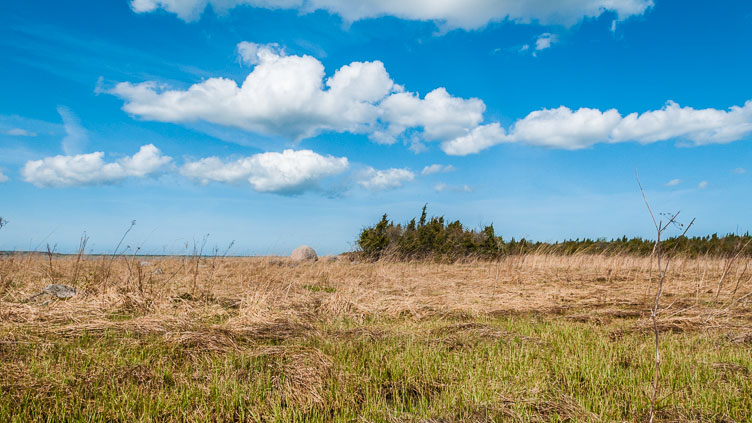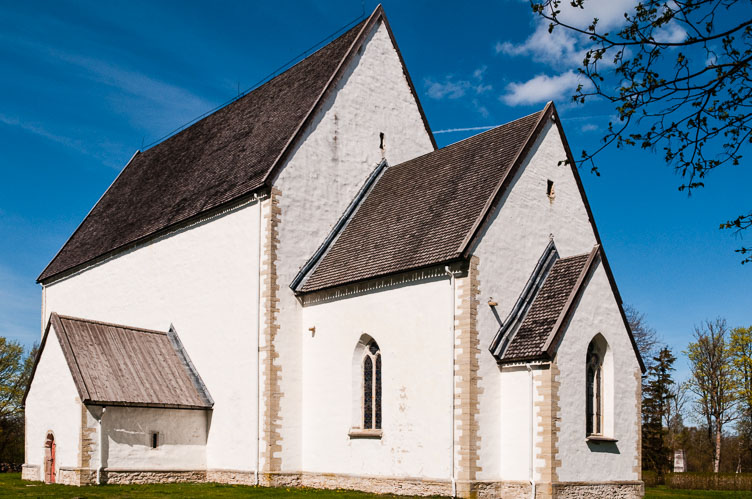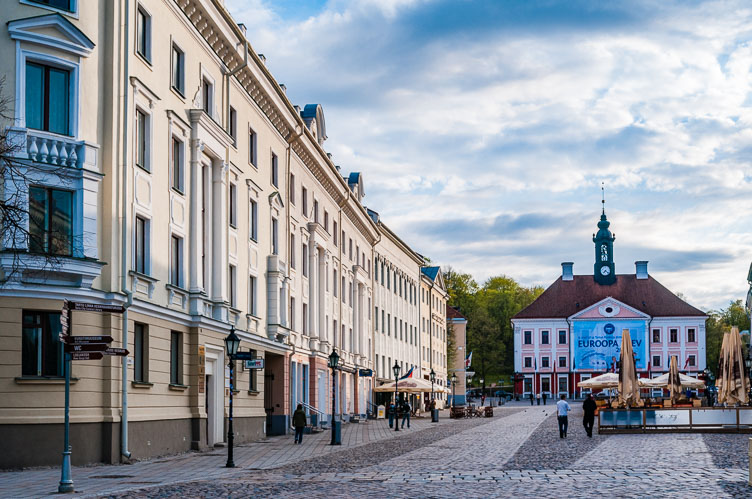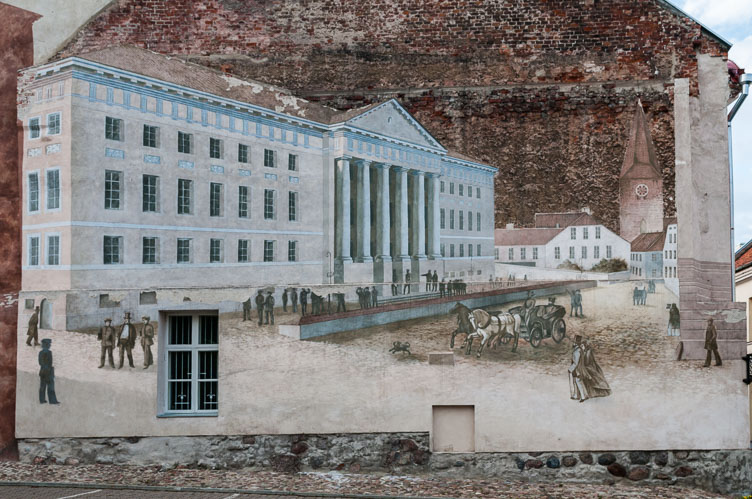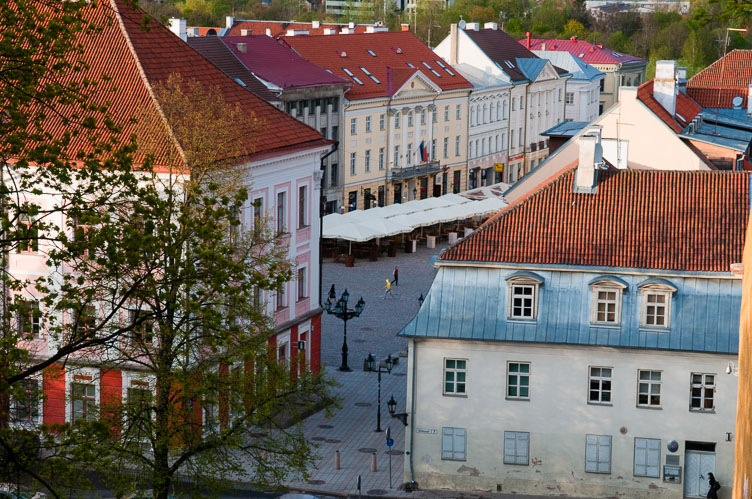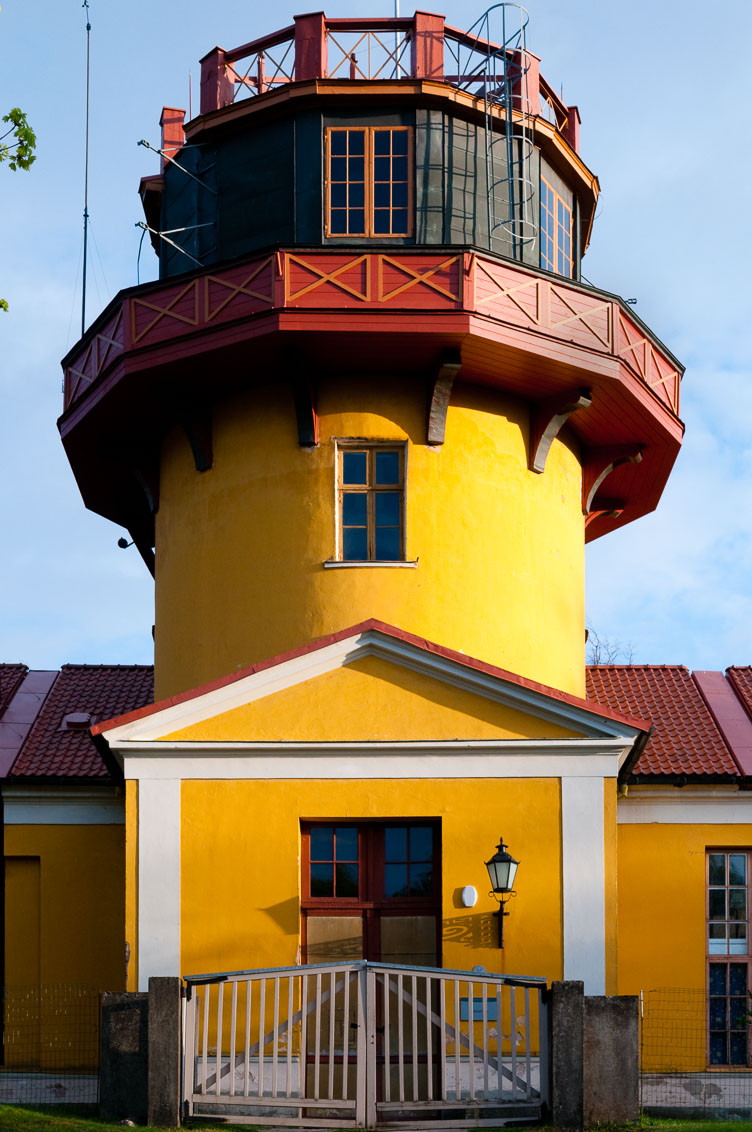Estonia is one of the Baltic States. From the thirteenth century onwards the country has been occupied by the king of Denmark and the Livinian order under authority of the Pope, invaded by German merchants, captured by the Swedes, the Russians, the Germans and again the Russians. Only between 1919 and 1939 and from 1991 onwards has the country been independent.
So there are castles and churches, merchant houses and cellars, fortresses and soviet memorabilia, all in a lot of different styles. A feel of history and decent beer, often brewed in small local breweries.
And there are the old wooden houses, flatly rolling farmlands, windmills and coastal resorts. I visited the country for a week in the beginning of May.
Haapsalu
A mix between a traditional seaside resort and a modern Spa town. Surrounded by water on three sides the sea is never far.
There is a very lovely restored railway station that serves as a museum. A nice collection of Soviet steam and diesel trains and some very colorful rusty wagons are displayed outside.
Saaremaa and Muhu
Two islands just off the coast in the northwest of the country. Pine forests, juniper, grasslands and sandy beaches. The "capital" Kuressaare has a well preserved castle, traditional houses and a center that sort of looks like time has been standing still. A kind of affluent countryside atmosphere, wide streets with parks and open space makes it a very pleasant town.
The windmills in Angla and its farmhouses are another sight as is the traditional architecture at Koguva. St Catharines church in Liva is a nicely styled church buildings without a tower.
Tartu
The second city of Estonia is a university town since long and has a distinct atmosphere of culture, education and sophistication. At least in the old center at the foot of a hill. The most distinctive building is the Yellow and red observatory

